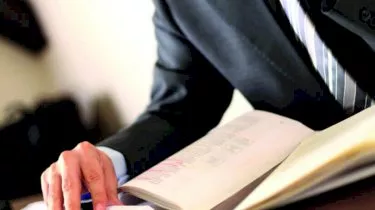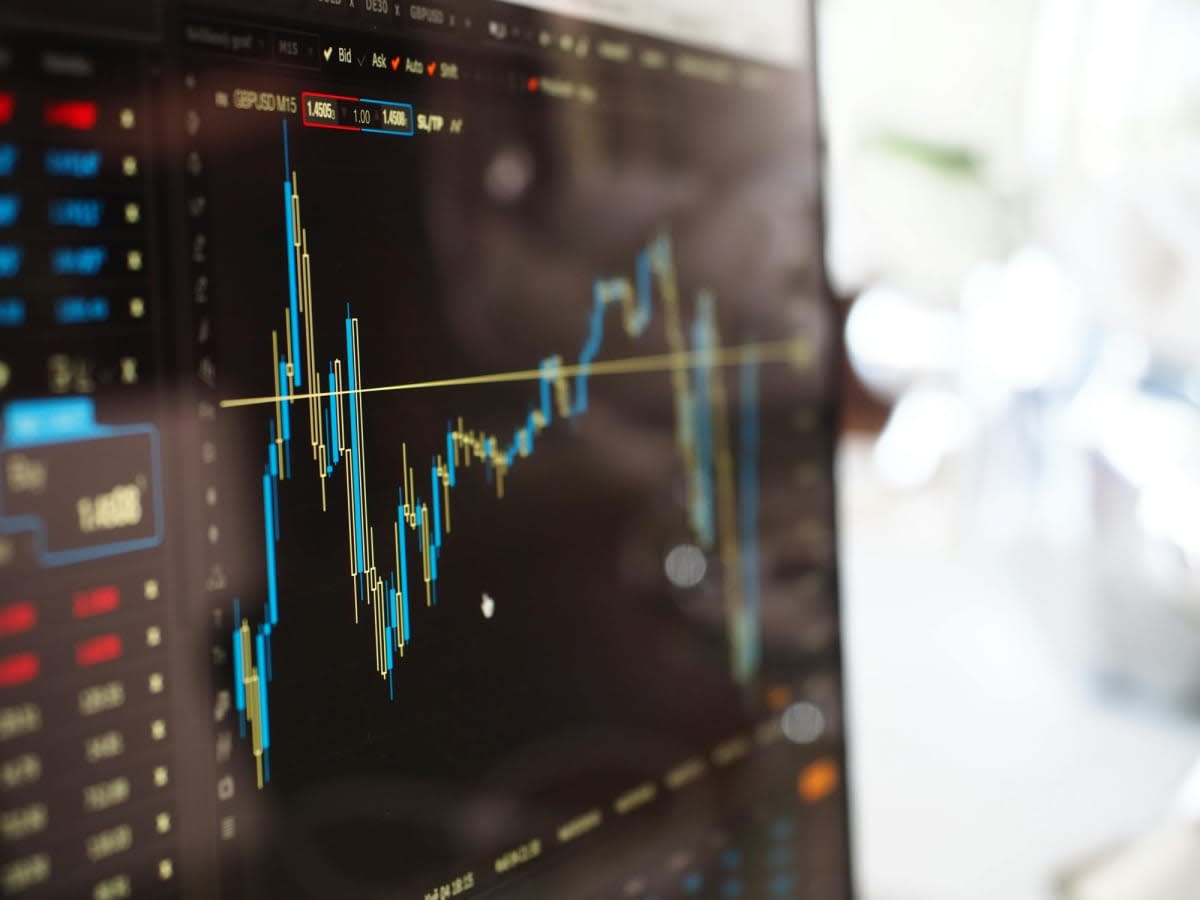Invest
Lessons from the ‘87 crash 30 years on
The October 1987 crash might have seemed like “the world of finance was ending” at the time, but there are lessons to be learnt from it.
Lessons from the ‘87 crash 30 years on
The October 1987 crash might have seemed like “the world of finance was ending” at the time, but there are lessons to be learnt from it.

That’s according to the chairman of Wilson Asset Management, Geoff Wilson. Thirty years ago he was a 29-year-old stockbroker in New York.
Thinking back on October 1987 when he witnessed “the biggest market meltdown since the crash of 1929”, Mr Wilson said he believes the drivers of the crash were imbalances fuelled by “the unwinding of portfolio insurance” as well as a back-up in interest rates.
These factors, he added, were compounded by “as always, irrational exuberance that had driven equities to unsustainably high levels”.
Mr Wilson said he had learnt four main lessons from the lead up to the crash and the period that followed it.

1. “Never panic and always take a long-term view”
The Friday before the crash, Mr Wilson had met with a client for drink to commemorate the Dow Jones Industrial Average falling by 108 points. The fall was the largest since the 1920s, Mr Wilson noted.
The following Monday, 19 October was Black Monday, a day Mr Wilson describes as “carnage”.
The Hong Kong stock market was closed for that week, before crashing by 33 per cent when it reopened while the Australian market suffered a 40 per cent fall over three months.
However, “the world of finance did not end on 19 October 1987,” Mr Wilson said, urging investors to “never panic”.
2. “Be patient”
Despite the catastrophic plummet of 508 points, or 22.6 per cent in the Dow Jones, the Dow Jones Industrial Average took just two years to recover, Mr Wilson said.
3. “Work against your emotions”
At the time of the crash, Mr Wilson was “unprepared” for the damage wrought to the global financial markets. These days, Mr Wilson advises investors “be excited about buying when others are panicking”.
4. Listen to Baron Rothschild
Mr Wilson quoted the 18th century British banker and nobleman, Baron Rothschild who said: “The time to buy is when there's blood in the streets.”
The asset manager argued investors should heed the Baron’s advice because he has been “proved right” in the wake of many crashes.
Current imbalances
Bearing this advice in mind, Mr Wilson warned that he currently sees a number of imbalances in the market.
He flagged the “significant liquidity risks from passive money held in open-ended equity trust structures – exchange traded funds (ETFs)” as an imbalance, warning that in the US, ETFs have grown to 16 per cent of the equity market and are worth $4 trillion.
Additionally, the “unwinding of a 30-year bull market in interest rates” is something to be aware of. He noted that the unwinding has fuelled “significant expansion in price-to-earnings ratios”.
Finally, he warned that the "withdrawal of excess liquidity from the global financial system" also poses an imbalance.

Stock market
6K Additive secures A$48 million through initial public offering on the Australian Stock Exchange
6K Additive, a prominent player in the advanced metal powders and alloy additions market, has made a significant stride by successfully completing its Initial Public Offering (IPO) on the Australian ...Read more

Stock market
Institutional investors increase stock allocations to 18-year high amid cautious market shifts
In a recent development, State Street Markets unveiled the findings of its latest State Street Institutional Investor Indicators, revealing intriguing shifts in institutional investor behaviourRead more

Stock market
FOREX.com launches in Australia to empower self-directed traders
StoneX Group Inc. (NASDAQ: SNEX) has announced the Australian launch of FOREX.com, expanding access for self-directed traders to a global suite of Contracts for Difference (CFD) products across ...Read more

Stock market
Westpac and CMC Markets strengthen partnership to enhance online trading services
In a significant move that underscores the evolving landscape of online trading in Australia, CMC Markets Stockbroking has been chosen as the preferred vendor by Westpac Banking Corporation to extend ...Read more

Stock market
Portfolio reviews as an operating discipline: turning volatility into a competitive edge
In a higher-rate, higher-volatility world, portfolio reviews are no longer an annual hygiene task; they’re a core operating rhythm that protects cash flow, unlocks tax alpha, and sharpens risk ...Read more

Stock market
Fee war on the ASX: Global X’s A300 turns up the heat on core Aussie equity ETFs
Global X has lobbed a 0.04% management fee into Australia’s core equity sandbox, launching the Australia 300 ETF (A300) to take on entrenched giants. Read more

Stock market
Challenger IM shakes up the ASX with private credit note and a side of risk
Challenger Investment Management has taken private credit mainstream with an ASX-listed note structure—LiFTs—that secured roughly $100 million in cornerstone commitments within a day of launch. Read more

Stock market
International stocks: Diversifying your portfolio beyond Australia
In an increasingly globalized market, Australian investors have the opportunity to enhance their investment portfolio by incorporating international stocks. Diversifying your investments globally can ...Read more

Stock market
6K Additive secures A$48 million through initial public offering on the Australian Stock Exchange
6K Additive, a prominent player in the advanced metal powders and alloy additions market, has made a significant stride by successfully completing its Initial Public Offering (IPO) on the Australian ...Read more

Stock market
Institutional investors increase stock allocations to 18-year high amid cautious market shifts
In a recent development, State Street Markets unveiled the findings of its latest State Street Institutional Investor Indicators, revealing intriguing shifts in institutional investor behaviourRead more

Stock market
FOREX.com launches in Australia to empower self-directed traders
StoneX Group Inc. (NASDAQ: SNEX) has announced the Australian launch of FOREX.com, expanding access for self-directed traders to a global suite of Contracts for Difference (CFD) products across ...Read more

Stock market
Westpac and CMC Markets strengthen partnership to enhance online trading services
In a significant move that underscores the evolving landscape of online trading in Australia, CMC Markets Stockbroking has been chosen as the preferred vendor by Westpac Banking Corporation to extend ...Read more

Stock market
Portfolio reviews as an operating discipline: turning volatility into a competitive edge
In a higher-rate, higher-volatility world, portfolio reviews are no longer an annual hygiene task; they’re a core operating rhythm that protects cash flow, unlocks tax alpha, and sharpens risk ...Read more

Stock market
Fee war on the ASX: Global X’s A300 turns up the heat on core Aussie equity ETFs
Global X has lobbed a 0.04% management fee into Australia’s core equity sandbox, launching the Australia 300 ETF (A300) to take on entrenched giants. Read more

Stock market
Challenger IM shakes up the ASX with private credit note and a side of risk
Challenger Investment Management has taken private credit mainstream with an ASX-listed note structure—LiFTs—that secured roughly $100 million in cornerstone commitments within a day of launch. Read more

Stock market
International stocks: Diversifying your portfolio beyond Australia
In an increasingly globalized market, Australian investors have the opportunity to enhance their investment portfolio by incorporating international stocks. Diversifying your investments globally can ...Read more








